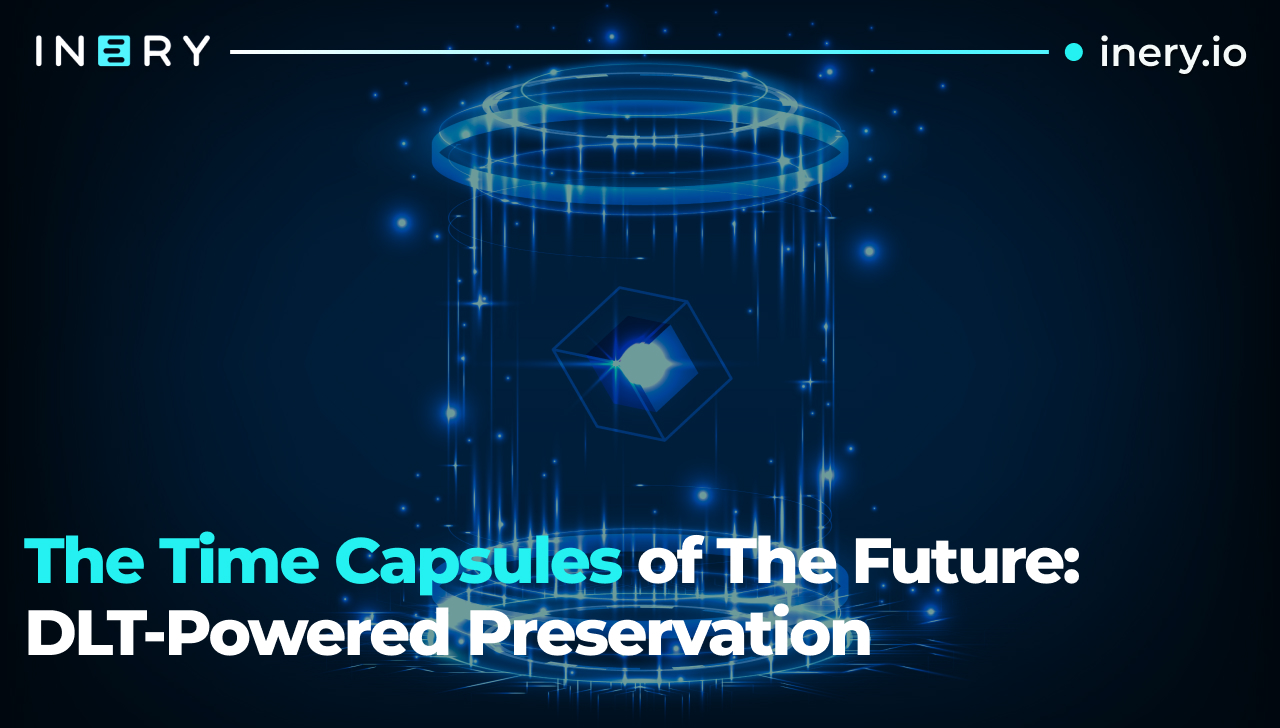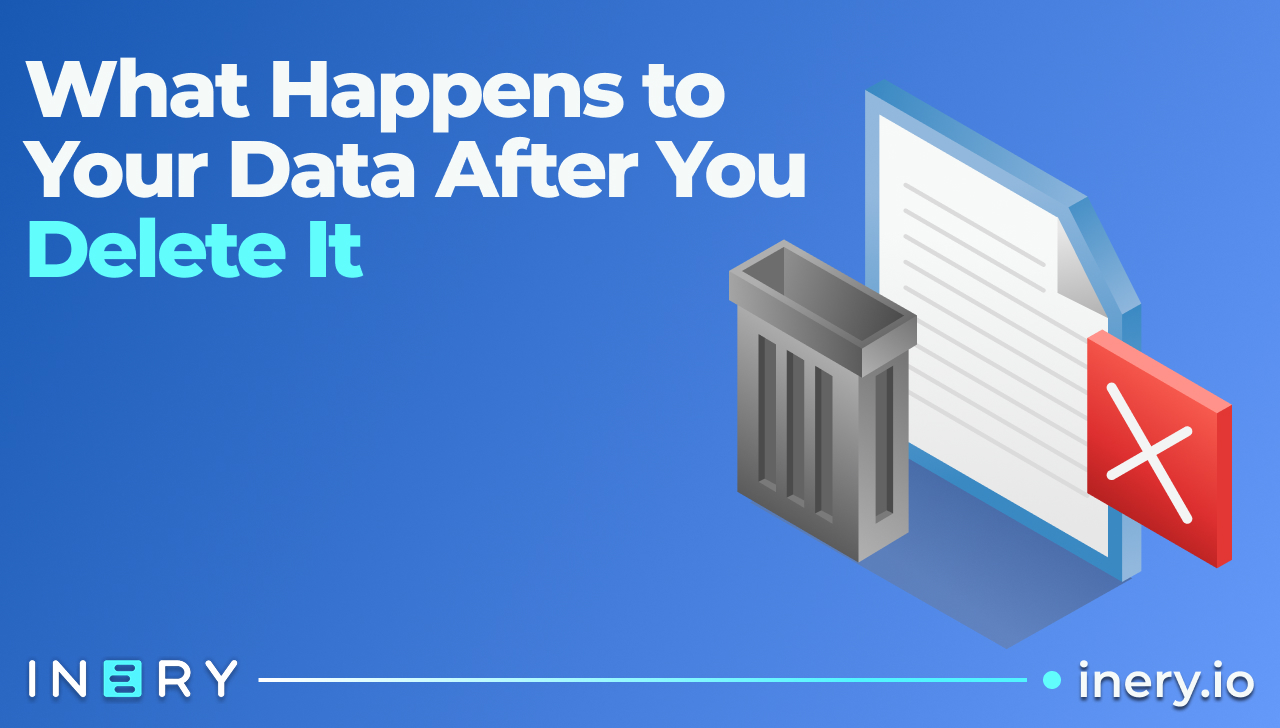When we say time capsules, we think of those contraptions or vessels that are made to be filled with objects, information, and whatever else will fit, with the idea that they’re going to be opened in the future.
The world's first planned time capsule, known as the "Century Safe," was created in 1876 by New York magazine publisher Anna Deihm. It was assembled for the U.S. Centennial Exposition in Philadelphia to commemorate the nation's 100th anniversary. It contained 19th-century relics like a gold pen, a book on temperance, photographs of President Ulysses S. Grant, and other items. However, this was the first “planned time capsule”. Even before 1876, historians had found metal containers (not called time capsules yet) that were intended for future inhabitants.
Cities and/or governments sometimes organize a city time capsule, a heritage capsule (when tied to cultural preservation), or a centennial (or Sesquicentennial) capsule (if linked to anniversaries). However, here, we’re not going to be talking about those types of capsules.
We’re talking about digital time capsules. Time capsules that aren’t buried. That don’t need someone to remember to open them. That don’t require trusting an institution to preserve or unlock them. And that aren’t built to rot in a steel box under a government building.
Instead, we’re talking about capsules whose lock is a smart contract. Whose access logic lives in code? And whose records are immutable?
Digital Time Capsules: What's Already Out There
You guessed it! DLT-based and blockchain-based time capsules already exist, and yes, they are already doing interesting things.
Take PastPost, for example, a DIY platform where individuals upload personal messages, photos, or videos. You set a future unlock date, and the system ensures that content becomes viewable only then. It’s essentially a scheduled, digital message-in-a-bottle.
TimeDAO takes it a step further. Built on Ethereum, it lets users submit content, encrypt it, and define unlock conditions. I.e., a future date or a cryptographic dead man's switch. The smart contract enforces those conditions. No one, not even the original developer, can change them once submitted. The content stays sealed until the logic decides it's time. In some cases, the data becomes accessible only in the event of the user’s passing, using decentralized oracles as triggers.
A Solana-based version exists, too. Users upload content, which is stored as encrypted NFTs. It supports collaborative capsules, meaning multiple contributors can upload their inputs into one shared vault. This makes it useful for class projects, collaborative art, or collective reflections to be unlocked down the line. Since it’s based on NFT tech, the capsule can be held in a wallet, transferred, or even inherited. All while retaining the same time-locked structure.
Why DLT Makes Sense Here
Time capsules are about trust. About making sure something stays untouched until a specific moment in the future. Traditional capsules rely on physical integrity, institutional memory, or social agreements. DLT removes all those dependencies.
With distributed ledger technology, you get:
Verifiable logic to unlock content at the right moment
Immutable records that cannot be tampered with retroactively
Decentralized infrastructure that doesn’t hinge on a company’s survival
Most of these projects use decentralized storage solutions like IPFS. This ensures that the data isn’t stored on a single server. However, this setup does have its trade-offs. Permanence still relies on active nodes “pinning” the data. That’s why platforms often encourage users to participate in hosting.
But when done right, it definitely beats a steel box and a rusty key.
Where Inery Comes In
Okay, so what does this have to do with Inery?
Inery is built around a decentralized data infrastructure. Not just for storing something on-chain, but managing and structuring it in a way that allows for meaningful interaction with the data. With IneryDB, metadata (such as the logic of the capsule, file reference hashes, contributors, conditions, timestamps, etc.) could be stored and queried efficiently, with cryptographic integrity. Meanwhile, the raw encrypted capsule contents can live in IPFS or any decentralized file layer.
Smart contracts on Inery’s blockchain can define the opening conditions, like time, multisig agreement, external triggers, and ensure they are met before revealing anything. You wouldn’t need a third-party platform. You could build your own capsule logic, your own front-end, and your own policy, whether it’s for a school project, a brand stunt, or something more serious.
What makes Inery potentially useful here is that it doesn’t just offer blockchain; it offers a full data schema layer. So, imagine not just one message, but a full, structured memory vault. Different sections for text, image, contributor, and topic(s). All queriable once unlocked. All consistent, indexed, and auditable. Let’s go through it, step by step.
How To Use Inery
First, decide what you’re preserving. Texts? Videos? Pictures of your childhood dog? You can even preserve structured data like journal entries or messages from multiple people. Then, you’ll encrypt the actual content and store it in a decentralized file system like IPFS.
So, the TLDR for step one is prepare your content, encrypt it if needed, and upload it to IPFS. You’ll get a hash (a unique content address) in return.
Next, you use IneryDB to create a table structure for your capsule metadata. This might include:
Who contributed
What type of content it is
The unlock date or trigger
The IPFS hash where the content lives
Any additional labels, tags, or time logs
Using Inery’s command line or GUI interface, you’d deploy a Value Contract that defines the unlock logic. This could be as simple as a specific timestamp (2028-12-31T23:59:00) or more complex. However, more complex ones require approval from multiple users (multi-sig), an external oracle to verify an event, or a "dead man switch" where the absence of activity unlocks it.
Once the contract is deployed, it’s live on Inery’s chain. No one can tamper with the logic. You or your collaborators can keep adding content entries to the database via the API, each with its own encrypted data stored off-chain but referenced securely on-chain.
When the unlock condition is met, the contract automatically allows access. The capsule can be queried via IneryDB – showing metadata, revealing IPFS hashes, and linking users to the encrypted files.
And that’s it: no manual opening, no trusted third party, and no risk of someone "forgetting" where the box is buried.
Use Cases: Sentimental, Social, Strategic
This is the kind of use case that sounds a bit sci-fi, until you realize how many things we wish we could store safely, but can’t.
A farewell message to a child before a parent passes. A collective note from a graduating class, to be opened in 20 years. A record of community decisions, to be revealed only if a specific threshold of events occurs.
DLT time capsules are more than “digital gimmicks”. They offer a new way to think about memory, value, and control. In a world where short-term cycles dominate everything, they ask us to slow down. To make space for delayed gratification. To write something we won’t see again for years. There is something wholesome and beautiful about it when they’re utilized in that way.
And Inery, unlike most DLT players, offers the tools that aren’t just useful with files, but with structured, queryable, multi-user data.
Conclusion: Encrypting the Past to Build the Future
We’ve buried metal boxes. We’ve left notes in drawers. Sent emails and letters to our future selves. Thrown bottles with notes into oceans and seas. Now, we can build something that outlasts us, with no keys to lose, no gatekeepers to fail us, and safe from the elements.
DLT-powered time capsules are already here. They let us choose what gets remembered, when it gets seen, and how it gets shared. With platforms like Inery, they can go beyond personal notes and become collaborative, structured, and secure containers for everything from stories to strategy. And yes, will brands use them in ~10-20 years? Probably yes. Perhaps as a campaign mechanic? Or as a gamified archive. Maybe even a “check-back-in-five-years” NFT drop.
So, are DLT time capsules a little... peculiar (for the lack of a better word)? Maybe a little. But also, undeniably useful. In a world that forgets fast, time capsules remind us to plan slow. And DLT, especially when used with a system like Inery, is what makes that planning actually last.

Inery•
2 years ago
What Is Database Denormalization? Guide + Tips
Denormalization can skyrocket query performance, but only if applied correctly. Click here to learn everything you need to know. ...READ MORE
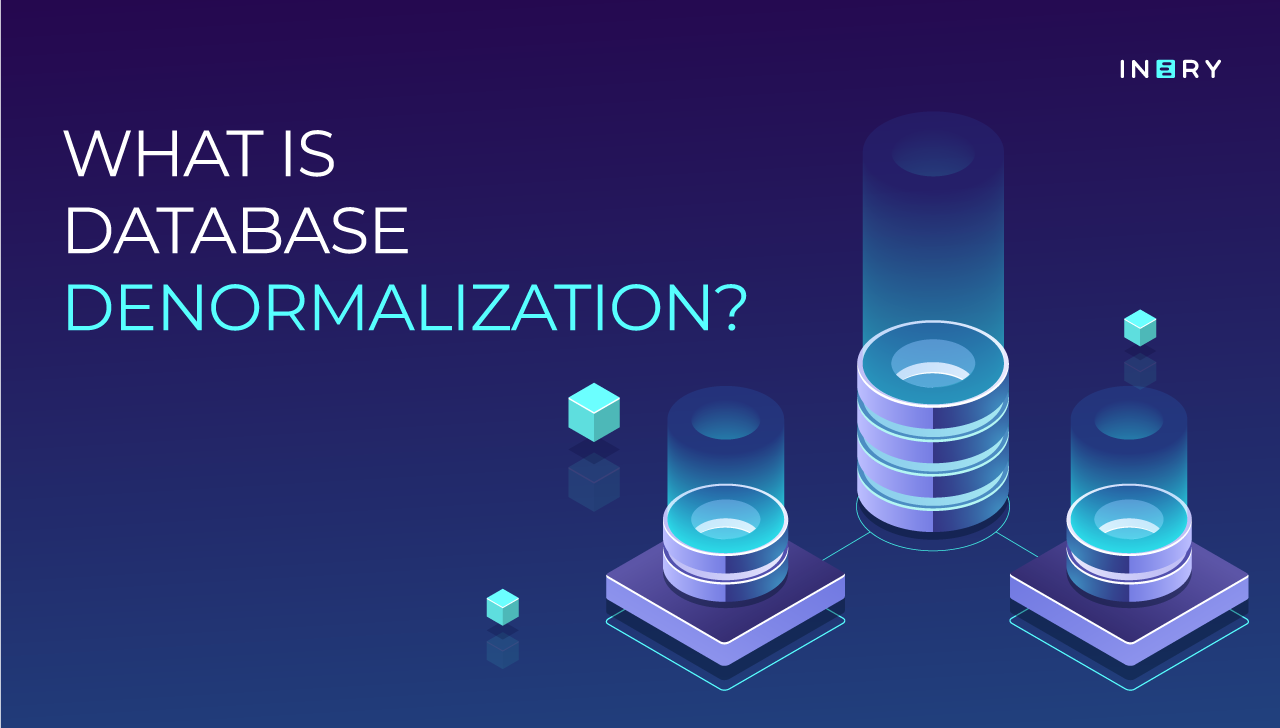
Share

Inery•
2 years ago
The Benefits of Blockchain as a Database Solution
A DBMS based on the blockchain brings a lot of unique benefits to the table. Click here to learn more. ...READ MORE

Share

Inery•
1 year ago
From Skepticism to Solution: Inery's Role in the Evolution of Web3 Technology
Amidst skepticism and distractions, Inery's breakthrough confronts the status quo, fortifying security and reliability to champion a future where data is not just safeguarded, but empowered. ...READ MORE
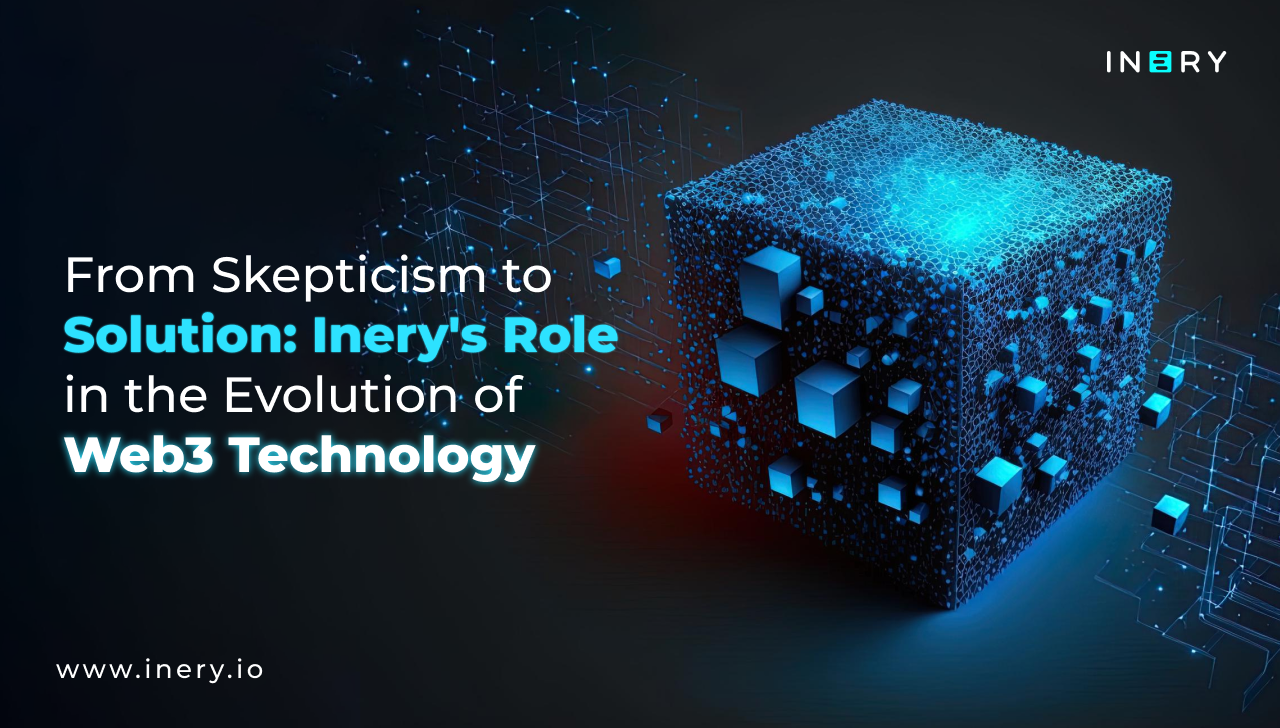
Share

Inery•
2 years ago
IneryDB Load Balancer: A Powerful Solution to Network Bottlenecks
The blockchain-powered IneryDB Load Balancer manages network requests, safeguarding applications against bottlenecks. Learn more here. ...READ MORE
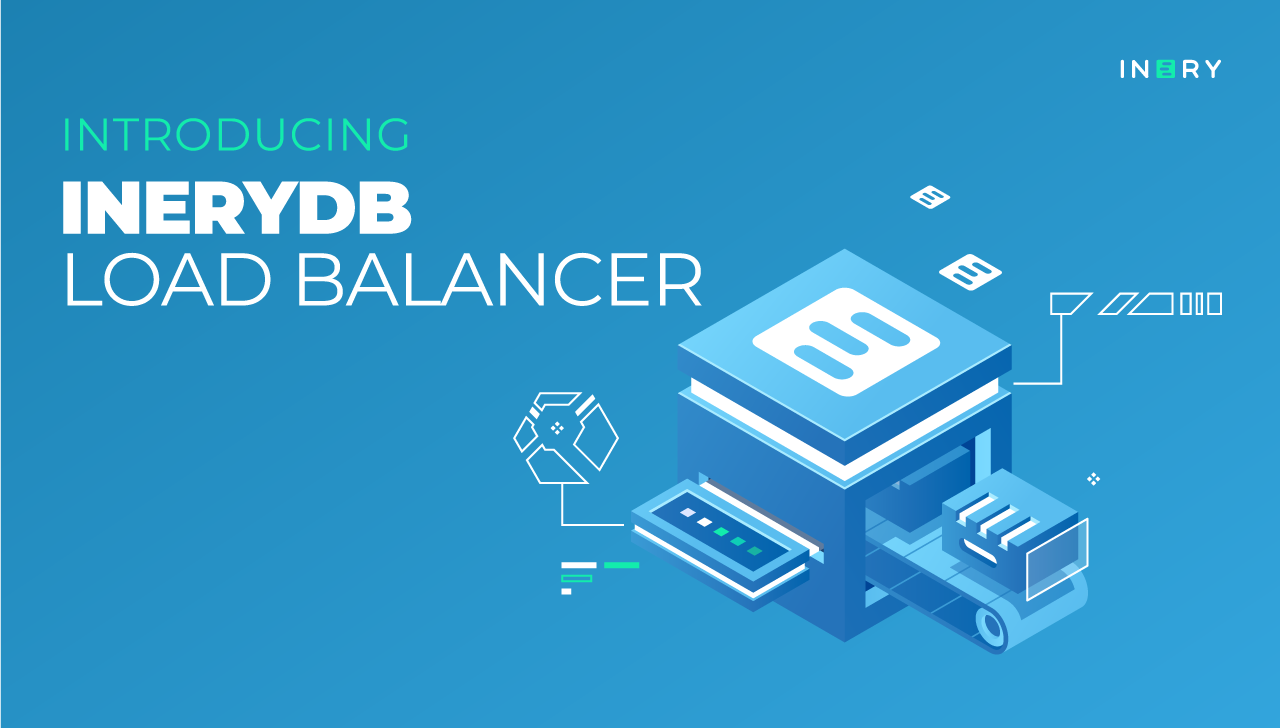
Share
Most popular today

